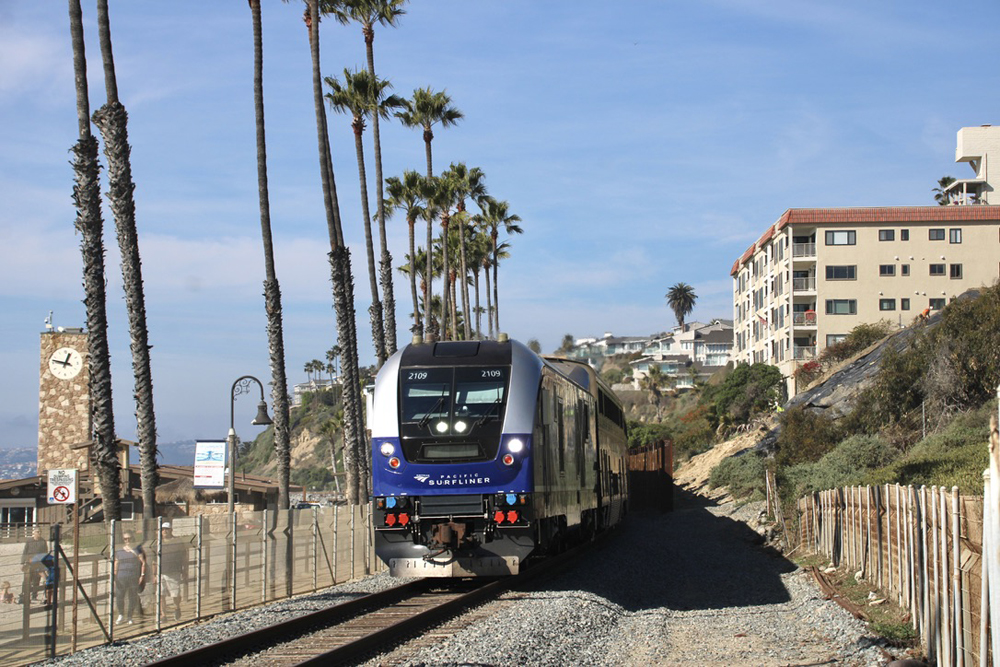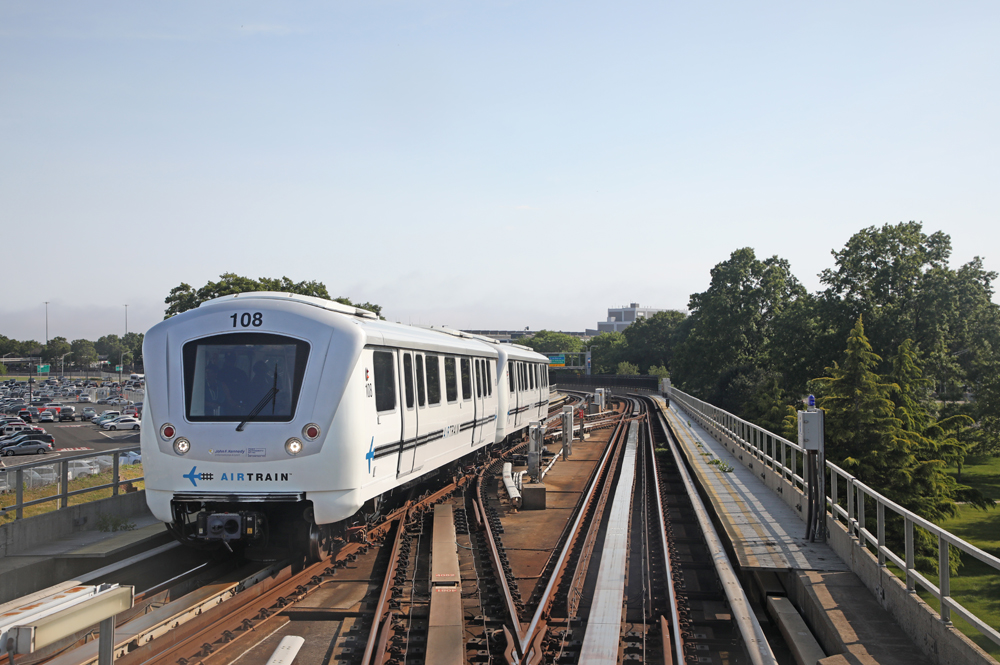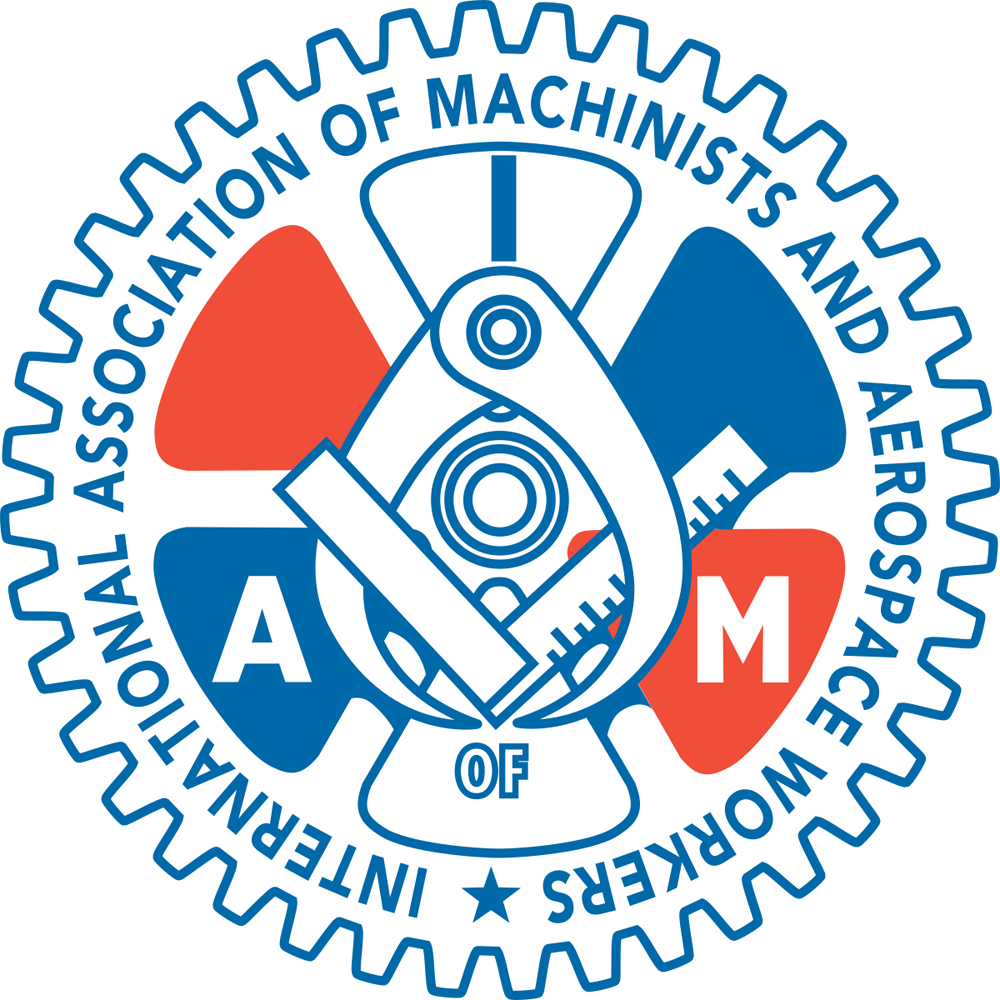Rapido HO scale Northeastern caboose review: After locomotives, the next most distinctive thing on a railroad was its cabooses, and the new Rapido HO scale Northeastern caboose is one of the best models of this classic and widely used rolling office.
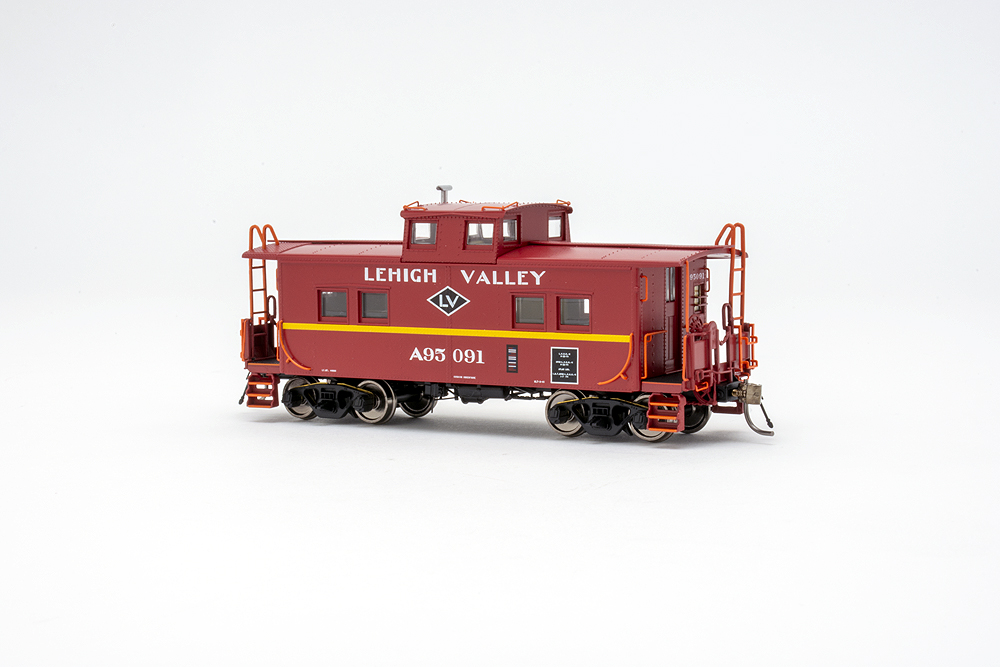
Prototype history
The Reading Co. started building steel eight-wheel cabooses in 1924 following, mostly, a United States Railway Administration standard design for a wood-sheathed caboose. Reading modified the design with steel sheathing, and later a Duryea cushion underframe. Other railroads in the anthracite region liked the design, and either copied or bought what became known as Northeastern cabooses. Other railroads using this design include Central of New Jersey, Lehigh & Hudson River, Lehigh & New England, Lehigh Valley, Pittsburgh & West Virginia, and Western Maryland. With the arrival of Conrail on April 1, 1976, many of these cabooses were repainted blue, and soldiered on into the 1980s. Even before that time, they were sold to other railroads. These cars were built in the hundreds – Reading built more than 300, and Lehigh Valley built 150 – and many still exist in collections and as lone roadside examples.
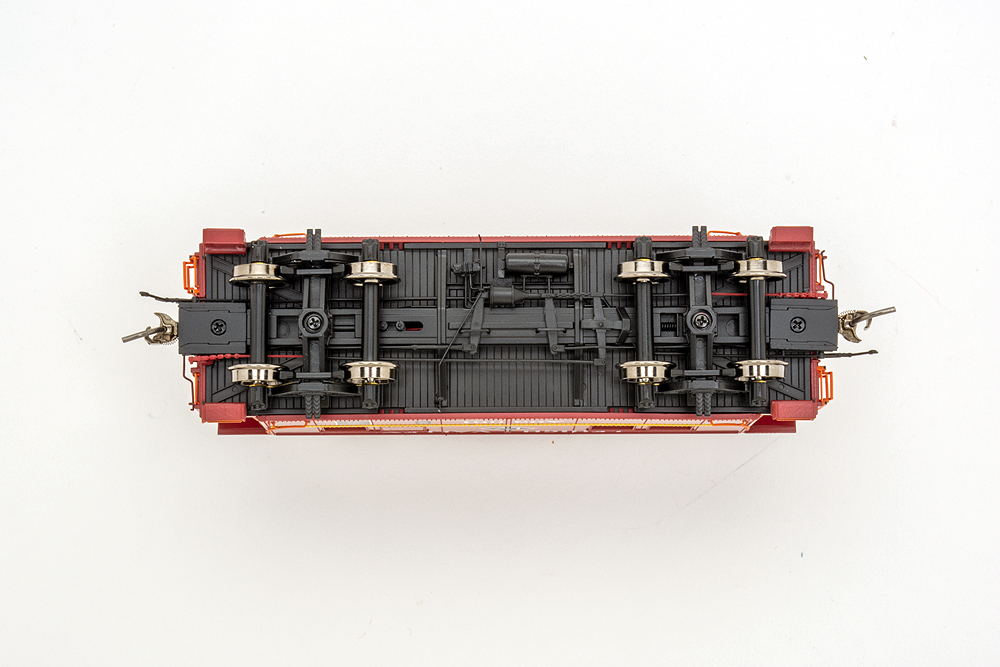
The model
The Rapido HO scale Northeastern caboose model is made from injection-molded plastic with lots of separately applied detail parts, including full underbody and interior details. The interior is lighted, and the model includes a Rapido Lighter magnetic wand to turn the lights on and off. Extra parts included black oil lanterns and red painted window rock screens.
My sample was painted in Lehigh Valley’s late Cornell Red scheme with a yellow stripe. The paint was smoothly applied and opaque. The lettering is sharp and well-defined. I could read even the smallest text in the COTS panel. Grab irons, ladders, and step edges are all picked in orange. My LV model has the correct three-step cast “tender-style” steps and single end window. Rain gutters span the pairs of side windows, and the window behind the stove is blanked.
With the lights on in the interior, I could see the coal stove still in place. By the 1970s, this caboose would have been fitted with an oil heater and tank. A simple detail to add would be the oil fill cap to the right of the pair of windows with the blanking panel.
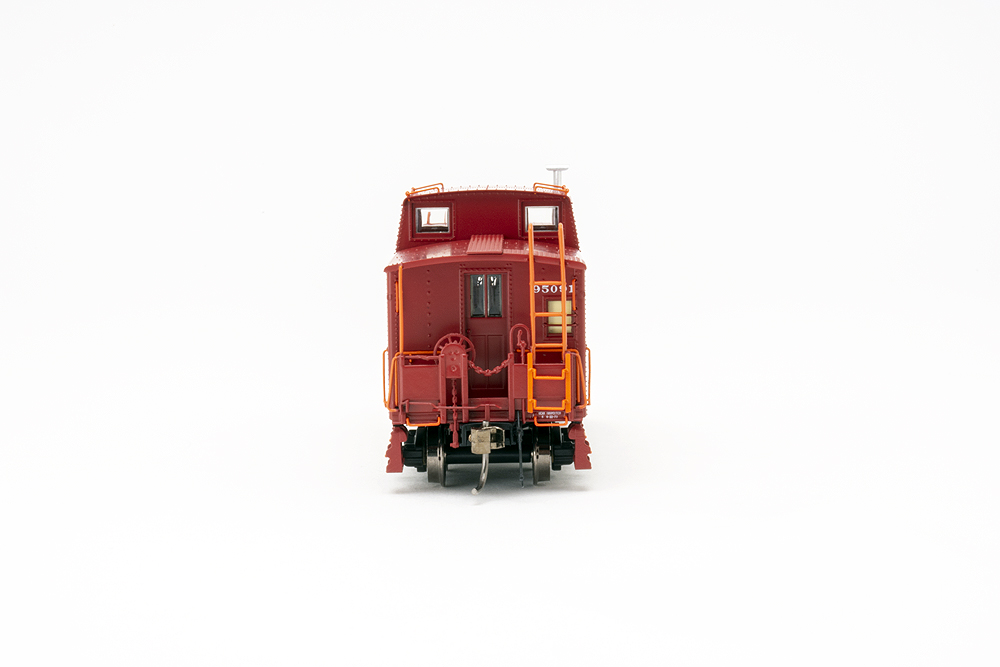
Measuring up
The model weighs 2.4 ounces, about half of the 4.5 ounces suggested by National Model Railroad Association Recommended Practice 20.1. The trucks have turned metal wheels on plastic axles, and the car is equipped with Rapido’s McDonald-Cartier metal knuckle couplers, which on my sample were about .020” low.
The model measures within scale inches of the drawings published in the March 1982 issue of Model Railroader. The caboose had no trouble operating through the Atlas No. 4 turnouts of my home switching layout. The magnetic wand easily turned the lights on and off.
Rapido Trains has produced another exceptional model of a popular prototype. In addition to my Lehigh Valley model, Rapido offers models painted and detailed for Reading Co., Central of New Jersey, Lehigh & New England, Western Maryland, Chessie System, and Conrail. These cars ended up on other railroads as well. I know I’m going to put more of these on my shopping list. What about you?
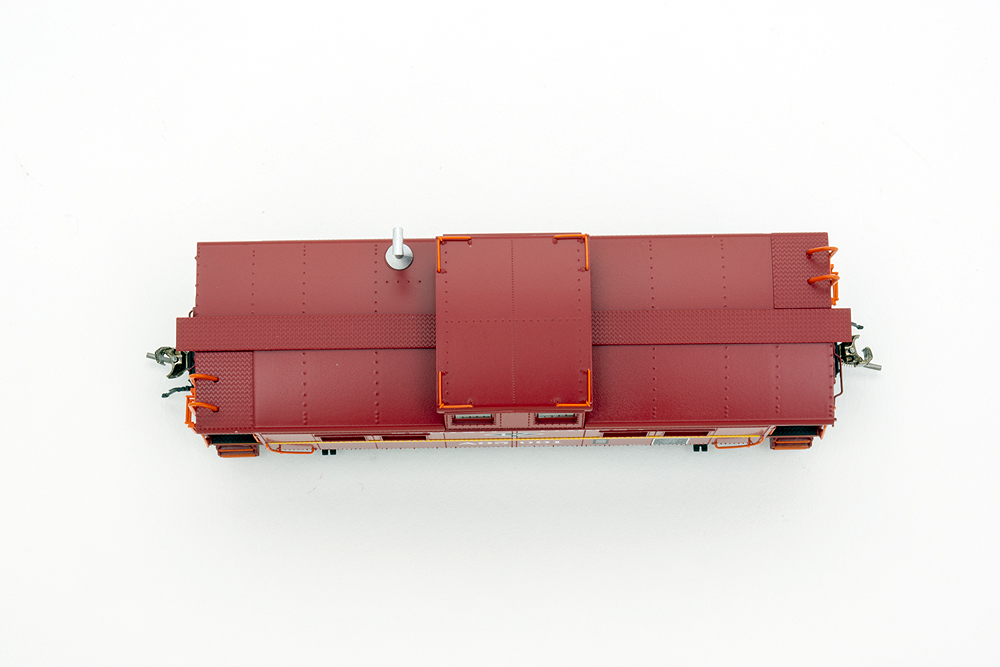
Facts & Features
Price: $99.95
Manufacturer
Rapido Trains Inc.
500 Alden Rd., Unit 21
Markham, Ontario
L3R5H5 Canada
rapidotrains.com
Era: 1972-1976 as decorated, 1924-mid-1980s in service
Road names: Lehigh Valley (2 schemes), Central of New Jersey (2 schemes), Chessie System, Conrail, Lehigh & New England, Reading Co. (2 schemes), and Western Maryland (2 schemes), all in multiple road numbers
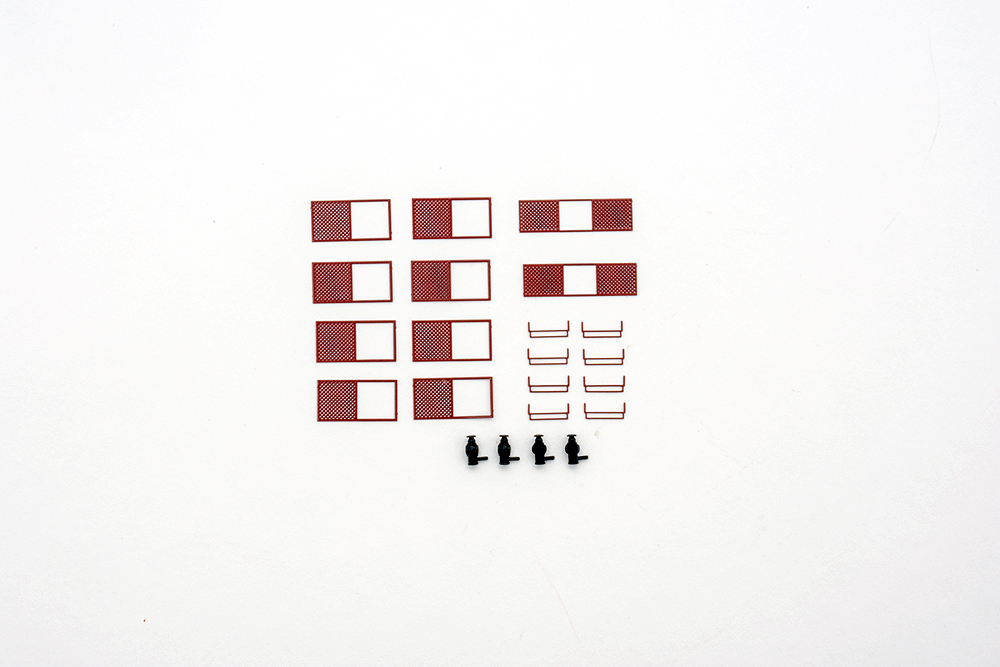
Features
- Blackened turned-metal wheels, in gauge
- Detailed, illuminated interior
- Macdonald-Cartier metal knuckle couplers, .020” low
- Optional user-installed parts, as required
- Road name-specific details
- Weight: 2.4 ounces, 2.1 ounces too light per National Model Railroad Association Recommended Practice 20.1






